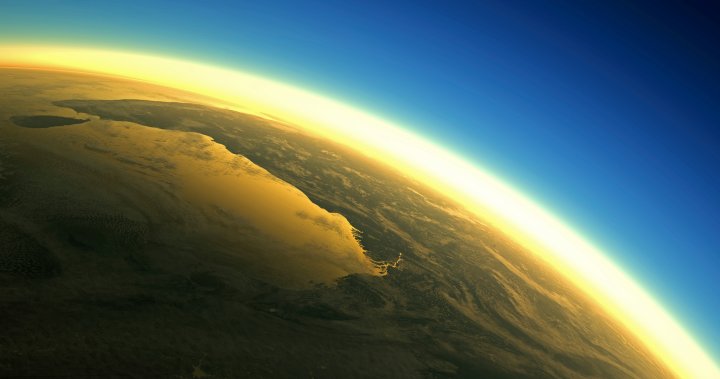
Canadian scientist says he’s found a huge ozone hole over the tropics
Global News
Qing-Bin Lu, a professor at the University of Waterloo, says the ozone hole is seven times the size of the well-known Antarctic ozone hole that emerges during spring.
A Canadian scientist says he’s discovered a massive hole in the ozone layer over the tropical region of the planet that could impact 50 per cent of the world’s population.
Qing-Bin Lu, a professor at the University of Waterloo, says the hole is seven times the size of the well-known Antarctic ozone hole that emerges during spring. The findings were published in the journal AIP Advances.
Through his research, Lu claims he found that the massive hole is present year-round and has been there since the 1980s — approximately 40 years.
Its presence could have devastating consequences for life on Earth, he warns.
“The tropics constitute half the planet’s surface area and are home to about half the world’s population,” said Lu in a press release. “The existence of the tropical ozone hole may cause a great global concern.
The tropics are regions of the Earth across the middle of the globe, including the Equator and parts of North America, South America, Africa, Asia and Australia.
“The depletion of the ozone layer can lead to increased ground-level UV radiation, which can increase risk of skin cancer and cataracts in humans, as well as weaken human immune systems, decrease agricultural productivity, and negatively affect sensitive aquatic organisms and ecosystems,” he said.
The ozone layer is a natural layer of gas in Earth’s stratosphere, and it’s crucial to sustaining life on Earth as it protects us and other life from the Sun’s damaging ultraviolet radiation.
